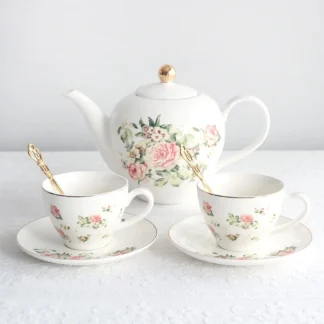Antique-Style Teapots: A Touch of History in Every Brew
Antique-style teapots evoke nostalgia and charm, allowing tea lovers to connect with the rich history of tea culture. These items are not merely functional items; they are works of art that tell stories of the past, embodying craftsmanship and design that have stood the test of time. Whether you’re a collector, a tea enthusiast, or someone who appreciates vintage aesthetics, these items offer a unique blend of beauty and practicality. In this article, we will explore the characteristics, history, popular styles, and care tips for these pieces, showcasing why they are a treasured addition to any kitchen or collection.
Characteristics of Antique-Style Teapots
These collections are defined by several distinctive characteristics:
- Craftsmanship: Many antique-style teapots are handcrafted, showcasing exceptional skill and attention to detail. This craftsmanship often includes intricate designs, hand-painted patterns, and unique shapes that reflect the artistry of their era.
- Materials: These products are typically made from high-quality materials, including porcelain, ceramic, silver, or even copper. The choice of material impacts not only the aesthetics but also the way these items retain heat and enhances the flavor of the tea.
- Design: Antique-style teapots often feature ornate designs, including floral motifs, gilded accents, and intricate engravings. Many designs are influenced by specific cultural aesthetics, making each piece a reflection of its historical context.
- Patina: The natural wear and tear that come with age add character to these items. Many collectors appreciate the patina that develops over time, seeing it as a testament to these pieces history and previous use.
- Limited Production: These products are often produced in limited quantities, making them unique and sought after. Each piece carries its own history, which can be fascinating to discover for collectors and enthusiasts alike.
The Historical Context of Antique-Style Teapots
The history of antique-style teapots is rich and varied, closely intertwined with the development of tea culture worldwide. The origins of these items can be traced back to the early 17th century in China, where they were first made from Yixing clay. These early items were simple in design, primarily used for brewing loose-leaf tea.
As tea became popular in Europe, especially in England during the 18th century, these products evolved in design and craftsmanship. Porcelain items, particularly those from China, became highly coveted, leading to the establishment of European porcelain factories. The intricate designs and artistic elements of these items reflect the cultural exchange that occurred during this period. The introduction of tea drinking in British society also led to the creation of elaborate tea ceremonies, where beautifully designed these pieces played a central role.
By the 19th century, Victorian influences dominated design, resulting in ornate and elaborate styles. Silver items became popular among the upper class, showcasing wealth and sophistication. Many antique-style teapots from this era feature intricate engravings and embellishments, embodying the opulence of the time.
Popular Styles of Antique-Style Teapots
These options come in a variety of popular styles, each reflecting different historical influences and cultural aesthetics:
- Chinese Yixing Teapots: Known for their unglazed clay, Yixing items are famous for enhancing the flavor of Oolong and black teas. These products often feature simple yet elegant designs, emphasizing the natural beauty of the clay.
- English Bone China Teapots: Characterized by their delicate appearance and durability, bone china teapots often feature floral patterns and gold accents. These items are popular for formal tea settings and elegant gatherings.
- Victorian Silver Teapots: Victorian-era silver items are known for their ornate designs and intricate craftsmanship. These pieces often feature detailed engravings and are considered status symbols, reflecting the wealth of their owners.
- French Faience Teapots: French faience teapots are known for their colorful glazes and whimsical designs. They often feature pastoral scenes and floral motifs, embodying the charm of French country living.
- Art Deco Teapots: Reflecting the modernist movement of the early 20th century, Art Deco peices are characterized by bold geometric designs and vibrant colors. These items often incorporate unique materials, showcasing the innovation of their time.
Why Collect Antique-Style Teapots?
Collecting antique-style teapots offers numerous benefits and joys:
- Aesthetic Appeal: These options add a touch of elegance and charm to any kitchen or dining area. Their unique designs can serve as eye-catching centerpieces, sparking conversations and admiration from guests.
- Cultural Appreciation: Owning antique teapots allows collectors to connect with the rich history and culture of tea. Each piece has its own story, reflecting the artistry and craftsmanship of its time.
- Investment Value: Many pieces appreciate in value over time, making them a potential investment. Collecting can become a rewarding hobby that combines passion with financial gain.
- Connection to Tradition: Using antique-style teapots for brewing tea allows enthusiasts to engage with tea-drinking traditions. The experience of making tea in a historically significant item can enhance the enjoyment of the beverage.
- Unique Discoveries: Collecting can lead to exciting finds at estate sales, shops, and flea markets. Each new acquisition can bring joy and satisfaction as collectors add to their growing collections.
Caring for Antique-Style Teapots
To preserve the beauty and integrity of antique-style teapots, proper care is essential:
- Gentle Cleaning: Clean these items by hand using a soft cloth or sponge and mild soap. Avoid abrasive materials that can scratch the surface. For delicate designs, consider using a specialized cleaner designed.
- Avoiding Heat Shock: To prevent cracking, avoid exposing antique teapots to extreme temperature changes. Allow them to warm up gradually when brewing hot tea, and never place a cold piece on a hot stove or in a hot environment.
- Proper Storage: Store these products in a stable environment, away from direct sunlight, humidity, and extreme temperatures. Consider using display cases to protect them from dust and potential damage while showcasing their beauty.
- Regular Inspections: Regularly inspect your antique teapots for any signs of wear or damage. If repairs are needed, consult a professional conservator who specializes to ensure the work is done correctly.
- Usage Considerations: While it's tempting to use these items for everyday brewing, consider reserving them for special occasions to minimize wear and tear. This approach helps preserve their beauty and historical significance.
Where to Find Antique-Style Teapots
Finding the perfect antique-style teapot requires some exploration:
- Antique Shops: Visiting local shops provides an opportunity to discover unique items with rich histories. The knowledgeable staff can often share information about the origins and significance of each piece.
- Estate Sales and Auctions: Estate sales and auctions can be treasure troves for antique collectors. Attending these events allows you to find rare and unique teapots, often at reasonable prices.
- Online Marketplaces: Websites like eBay, Etsy, and specialized online stores offer a wide range of these pieces. Be sure to check seller reviews and ratings before making a purchase to ensure the authenticity and quality of these items.
- Flea Markets: Local flea markets often feature vendors selling items. Browsing through these markets can lead to unexpected finds, making the hunt an enjoyable experience.
- Collectible Shows: Attending collectible shows focused on antiques can connect you with fellow collectors and vendors. These events often showcase a variety of items, including these items, making them a great place to network and find new pieces.
Conclusion
Teapots are more than just vessels for brewing tea; they are artifacts of history that connect us to the past. Their craftsmanship, beauty, and cultural significance make them cherished items for collectors and tea enthusiasts alike. By understanding their characteristics, history, and styles, you can appreciate these pieces not only as functional items but also as artistic expressions that enhance the ritual of tea drinking. Whether you choose to use them or display them as part of your collection, these products offer a timeless charm that elevates the experience of enjoying tea. Discover the perfect product today and immerse yourself in the rich tradition of tea culture.
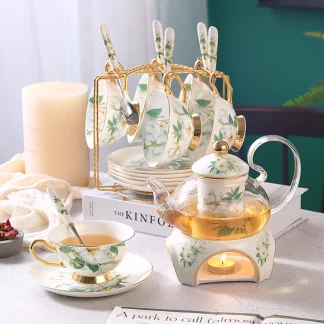
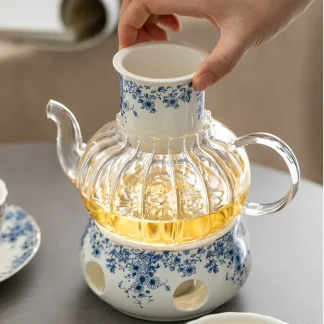
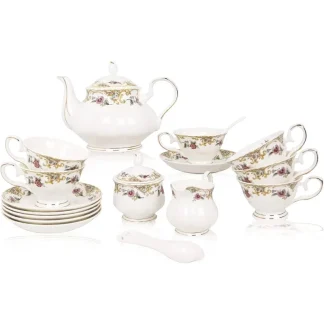
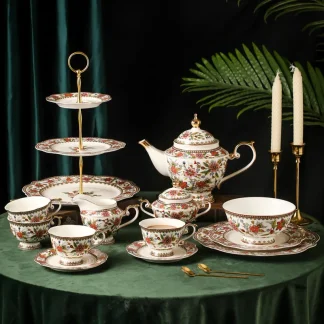
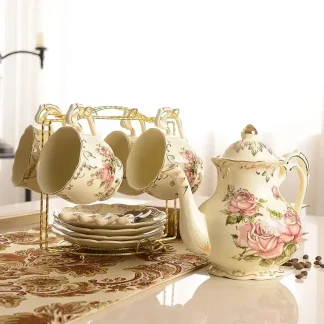 + 12
+ 12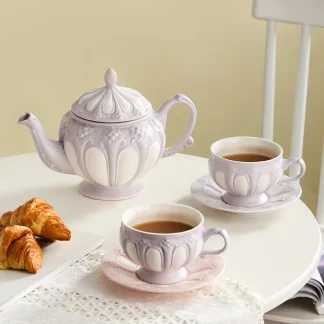
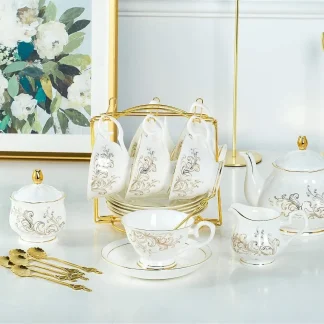
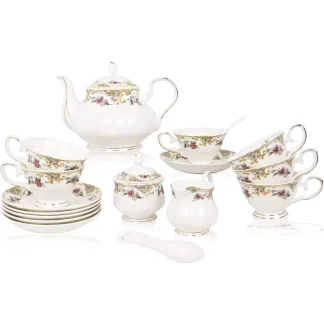
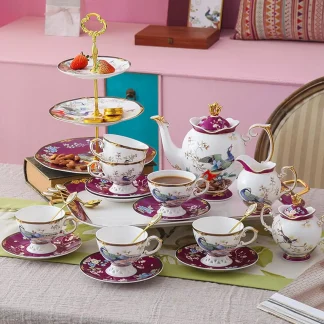
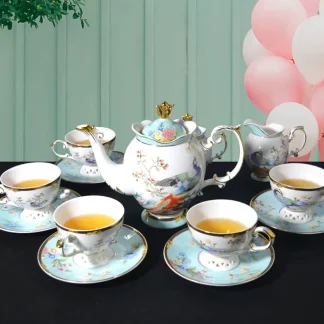
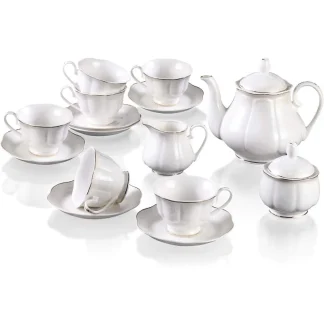
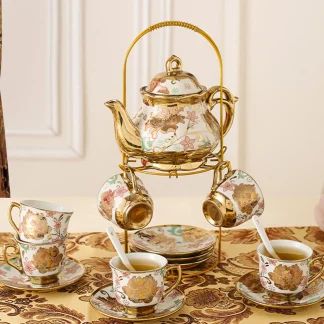
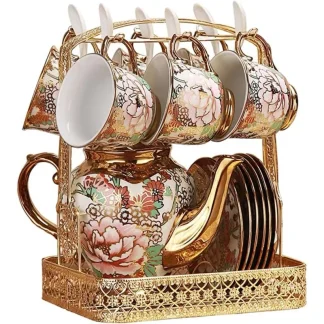
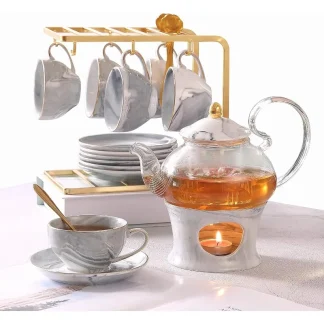

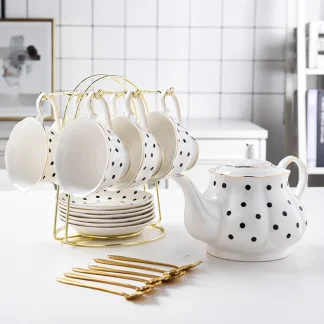 + 1
+ 1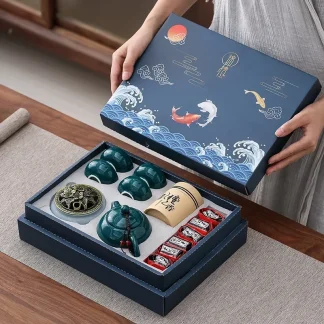
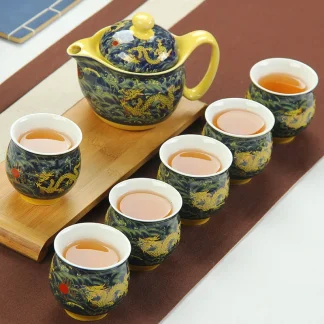 + 15
+ 15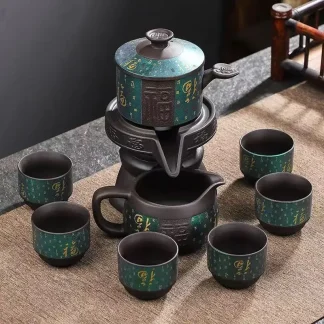 + 2
+ 2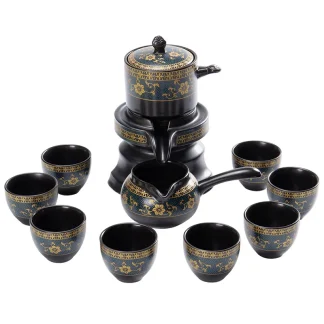
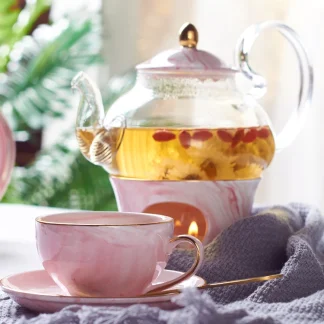 + 9
+ 9